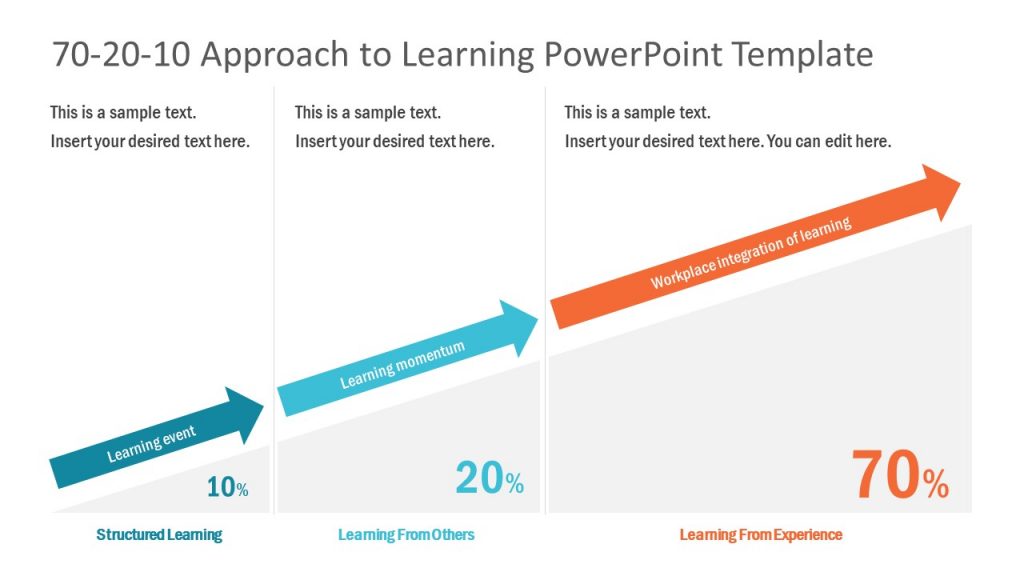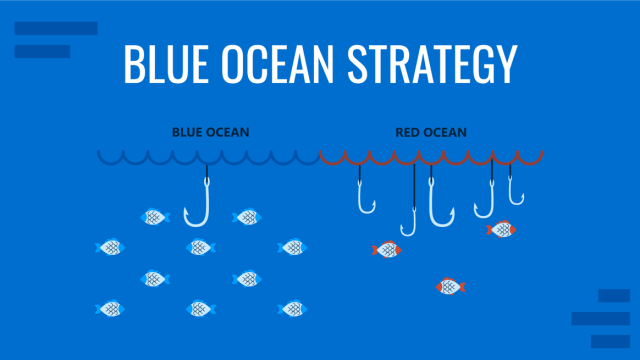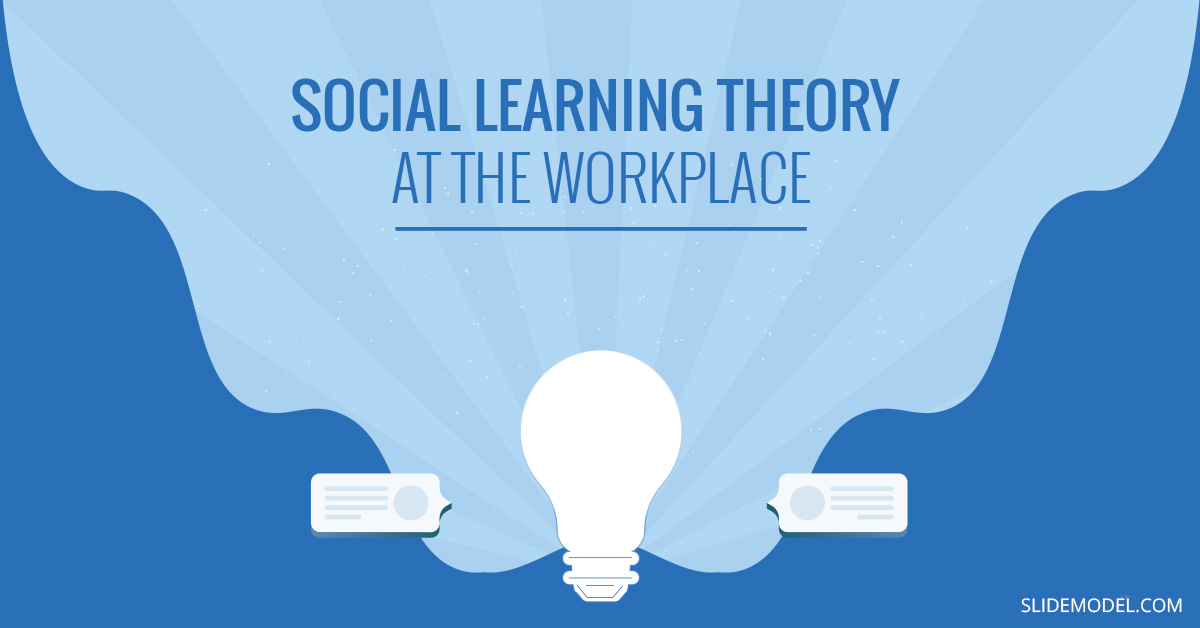
Some organizations seem to have good discipline, employees who follow the rules, remain productive, and create meaningful PowerPoint presentations adding value to organizational planning. In comparison, there are also organizations where the behavior of employees is quite the opposite. The Social Learning Theory might have a few answers to this dilemma, as the learning process and behavior of individuals at the workplace can be influenced by observation and imitation.
What is Social Learning Theory
The Social Learning Theory is an combination of cognitive and behavioral theories of learning. It delivers a model that can account for a variety of learning experiences. The idea implies that people can acquire new behavior via observation and imitation. Learning is a cognitive process, which can occur via vicarious reinforcement, has reciprocal determinism, and is not entirely dependent on reinforcement. Furthermore, learning involves observational learning or modeling.
History of the Social Learning Theory
The Social Learning Theory lies somewhere between the nature vs. nurture debate. It was formed by integrating the Cognitive Learning Theory, which attributed learning to psychological factors, and the Behavioral Learning Theory, which implies that learning is attributed to environment and stimuli. The latter’s link about the Social Learning Theory can be attributed to the early theories of B.F. Skinner, particularly his work during the 1940s. He believed that behavior resulted from the environmental histories, where the environment plays a significant role in controlling behavior.
During the 1950s, American philosopher and cognitive scientist Noam Chomsky criticized Skinner’s behavioral theories. Later, the work of Canadian American psychologist Albert Bandura became the basis for the Social Learning Theory. Bandura combined the concept of reward and punishment, reinforcing behavior, as well as cognition. The theory has had applications across many fields, including criminology, developmental psychology, media, computational intelligence, and management.
The Bobo Doll Experiment
Bandura experimented with children and adults using an inflatable clown, aka Bobo Doll. The adults would treat the doll violently or passively in front of the child, and later, the child would be left alone in the room with the doll. Both these experiences were filmed. The experiment showed that children who observed the adults act violently towards the doll imitated the same behavior. Similarly, children who saw adults act passively towards the doll acted the same. This led to widespread debate and further experiments regarding the influence of television in inducing violent tendencies among children. While the second experiment also showed similar results, where children watching violence on T.V. imitated the behavior, the issue is still subject to much debate.
Key Principles of Social Learning Theory in Workplace
Social Learning Theory can be divided into five fundamental principles which help us understand the core concept behind the theory and its application.
1. Learning is a cognitive process
The Social Learning Theory argues that learning is a cognitive process that is not entirely dependent on behavior.
2. Learning can occur via vicarious reinforcement
Observing behavior and the result of that behavior can result in learning, i.e., vicarious reinforcement.
3. Learning involves observational learning or modeling
One can learn by observing and extracting information from the observation for making decisions regarding the outcome of the behavior. Hence, through modeling or visual learning, one can learn without observing the behavior change.
4. Learning is not dependent entirely on reinforcement
While reinforcement plays a role in learning, it is not entirely responsible.
5. Learning has reciprocal determinism:
Learning does not occur passively by recipients of the information. All three, environment, cognition, and behavior, influence each other, resulting in reciprocal determinism.
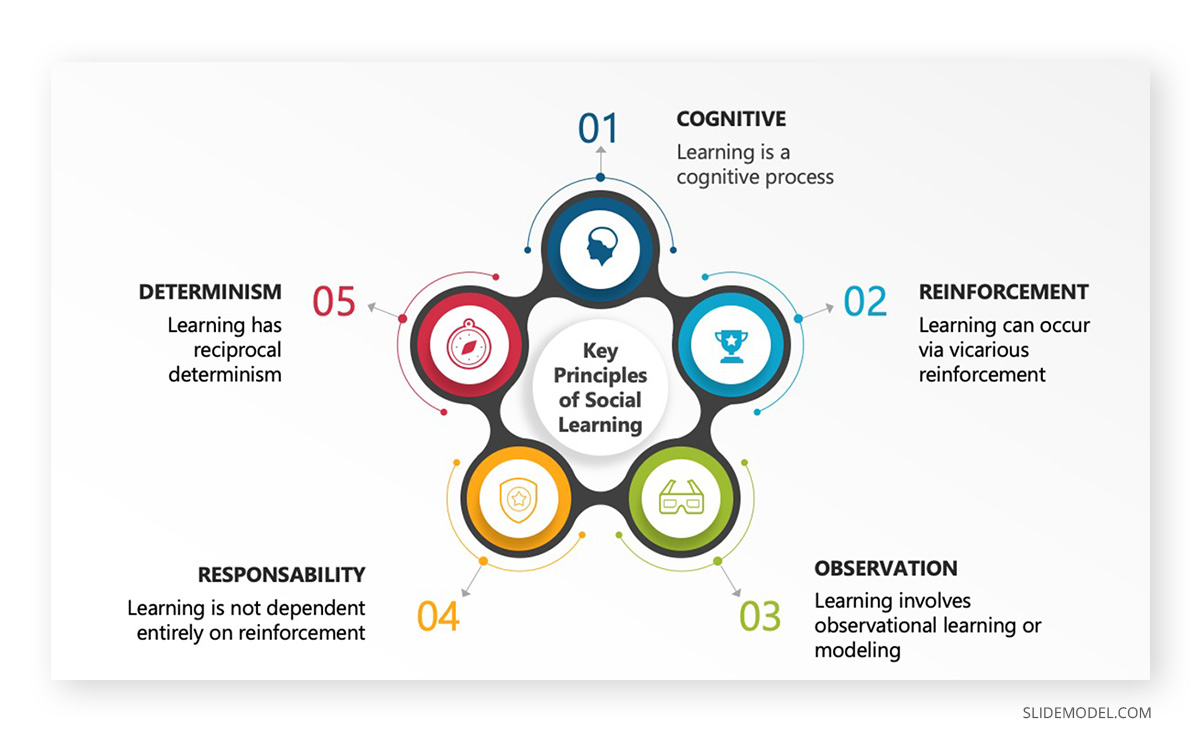
Application of the Social Learning Theory at the Workplace
The Social Learning Theory can be applied at the workplace to help create an environment where desired attitudes and practices are encouraged.
Integrating Learning into the Culture of the Organization
A learning culture can help organizations encourage people at the workplace to learn both implicitly and explicitly. Implicit learning occurs when people incidentally learn, whereas explicit learning occurs when one makes a conscious attempt to solve a problem or master a skill.
There is no use in hiring intelligent and competent individuals if their learning process is halted due to an environment that fails to encourage its employees. Instead, it is more valuable to show employees make use of their skills and introduce practical methods for adding value to the processes within an organization. In an environment that encourages learning, employees will come across implicit learning due to, e.g., social interactions, presentations, and the working environment in general, without digging deep into the concept. In contrast, explicit learning would eventually occur due to the employee’s interest in learning something new, such as digging deeper into the knowledge acquired through implicit learning.
Social Learning and Mentorship Programs
Organizations should encourage social learning and tolerance for opinions to promote an environment that is healthy for the employees and not detrimental to new ideas. Mentorship programs can also help employees learn from leaders at the workplace and show them models, which can help encourage desired behavior and work ethics. These programs should not be limited to boring and dull presentations but should include an engaging environment where positive role models can be reinforced and learning can be encouraged.
Encouraging Employees to Communicate and Connect
In a toxic working environment, employees and departments can be shut off from each other. This can lead to several problems, including duplication of tasks, waste of resources, lack of coordination, and poor performance. When employees interact and encourage each other, this can help break silos within organizations, reduce waste, generate new ideas, eliminate duplication, and improve performance.
Consequences for Deviation from Model Behavior
It might be necessary to use a reward and punishment mechanism by punishing individuals who refuse to encourage coordination and indulge in politics. On the contrary, it is good to reward departments and people who keep their best interests and coworkers.
While a manager might seem to be performing well, if this happens by sabotaging other departments, their behavior should not be encouraged. People at the workplace should be answerable for their deliverables, but their behavior and cooperation should align with the core values and ideals that an organization stands for. Allowing a zero-sum game to perpetuate can result in dire consequences for the organization, including its eventual collapse.
Encouraging Behavior that Leads to Efficiency
Many government-run organizations across different countries had to be privatized because they became loss-making enterprises due to an inefficient, toxic, and corrupt culture. By 1979, losses incurred on state-owned industries in the U.K. due to borrowing had amassed to £3 billion per year. But as these enterprises were privatized, the loss reduced to £2 billion between 1989 to 1990. Over the years, many privatized companies in the U.K. have seen better service and even expanded their scope of service. One such example is British Telecom, which is widely recognized as a model for improved service after privatization.
A close look at privatization across both developing and developed countries has proved that inefficient organizations run by the state, amidst a culture of inefficiency, lack of innovation. Corruption has led to the complete collapse of state-run enterprises, resulting in the privatization of industries, education, and in some countries, even prisons.
Compared to government-run enterprises, private companies had consequences from deviation of desired behavior, with a culture of learning and coordination. While privatization might not always result in desired results, introducing practices that encourage learning and reward efficiency can often result in turning a loss-making state-run enterprise profitable after privatization.
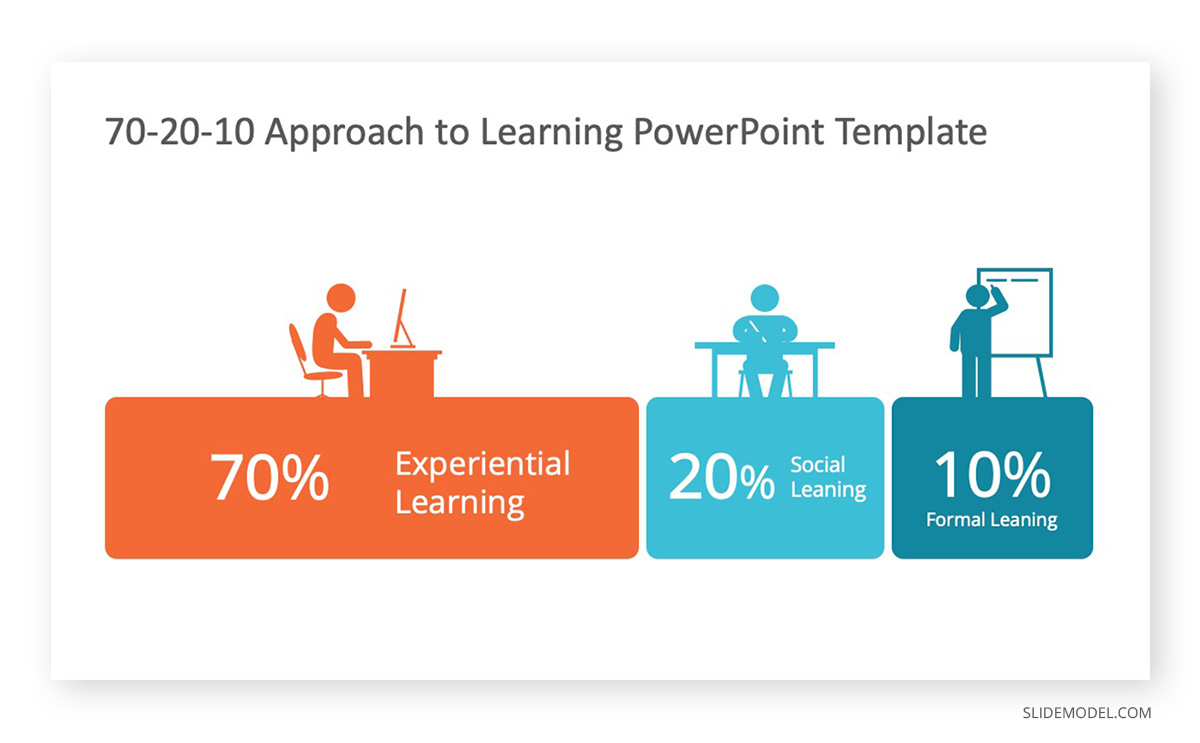
Final Words
The Bobo Dolls example showed us that children imitate behavior that they see in adults. Violent behavior might lead to violent tendencies; however, positive behavior can be reinforced through positive examples. As we grow older, we are no longer dependent on mere models for imitating behavior; something changes as we age when our sense of understanding evolves. We develop empathy and the capability to make more informed decisions. This is what the Social Learning Theory also aims to explain. Behaviour is not merely dependent upon nature or nurture but rather a mix of both. However, using modeling can encourage us to encourage the desired behavior, especially at the workplace, to encourage employees to follow role models that can benefit the organization.
Some other theories and models can be used to encourage learning and enable an environment where individuals and teams can make good use of their capabilities. One such model is the 70-20-10 Model of learning and development. As we work from home and engage in remote meetings due to the modern era of globalization and the global fight to ward off pandemics, organizations might also be better served by looking at blended learning to provide teams with an enabling learning environment.
